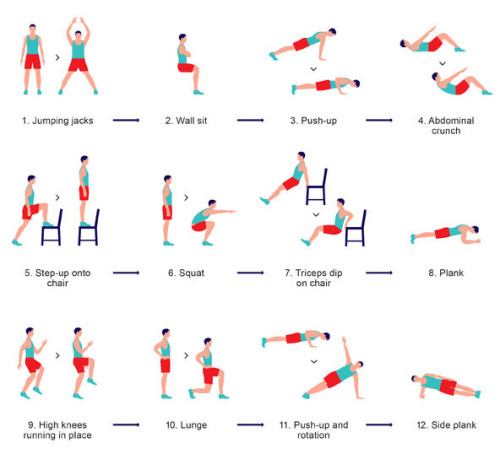Data shows that, as a whole, exercise is something that our species struggles with. For most of us, it’s an additional demand that is added to our already overwhelming day. Data is showing that the majority of us would rather engage in sedentary leisure than an additional demand on our time. Exercise happens to be one of the easiest things to not prioritize in our schedules.
With close to 90% of the modern workforce engaged in sedentary and seated jobs (along with advancements in technology), we have had an astounding reduction of minor, simple movements that, in the past, would happen automatically throughout each day. The problem is that we’re not thinking about how we’re going to replace this lost activity. This lack of movement is directly associated with our dismal health statistics. Obesity, heart disease, diabetes, Alzheimer’s …the statistics keep going up, not down.
Nowadays, a lot is talked about with a daily goal of 10,000 steps per day, but 15,000 is closer to what our prehistoric ancestors accomplished. For hundreds of thousands of years, what was considered a “normal level” of movement was significantly higher than our level today. It’s common knowledge that, as a species, we are becoming more sedentary. As long as people have to give up what little leisure time they have in order to exercise (which requires substantial motivation and effort), it’s unlikely that the 1/5th of the population that does exercise will increase in number.
The concept of exercise gets re-defined as “physical activity” when we integrate it into our daily lives, rather than, for example, taking an hour each morning to go to the gym. Data shows that as long as exercise and physical activity are dissociated from our daily work activities, many of us will continue to find reasons not to do it.
The difference in concept is to put many short, low-level activity expenditures throughout your daily routine, rather than to block off an hour of time for exercise.
What most people don’t understand is that even if you do exercise vigorously every day, but then go to work and sit for most of the day, your health risks are just as high as that of a couch potato. Many people have started using a standing work desk as a solution, but that’s only slightly better than sitting at a computer if you simply stand in one place for hours.
SOME SOLUTIONS INCLUDE:
- A treadmill work desk, where people walk very slowly on a treadmill while doing their work
- A Fitbit, Apple watch, etc that buzzes throughout your day to remind you to move
- A free phone app called “Move,” which buzzes every 45 minutes, assigning a random exercise
- Writing down different exercises that you can implement at short, 1-minute breaks during your day (ie: wall sits, push-ups, body-weight squats, side lunges, side abduction leg raises, planks, burpees, walking stairs, Hindu push-ups, chair poses)
So if you already exercise, keep it up. But whether you exercise or not, get down on the floor during a TV commercial or while on a break at work and do a plank!
SOME EXAMPLES OF EXERCISES YOU CAN PERFORM THROUGHOUT YOUR DAY:








